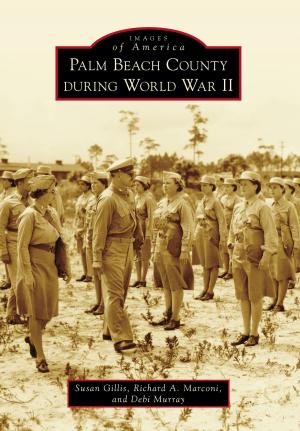Slave Labor in the Capital
Building Washington's Iconic Federal Landmarks
Nonfiction, Social & Cultural Studies, Social Science, Discrimination & Race Relations, History, Military, Americas, United States| Author: | Bob Arnebeck | ISBN: | 9781625852588 |
| Publisher: | Arcadia Publishing | Publication: | November 18, 2014 |
| Imprint: | The History Press | Language: | English |
| Author: | Bob Arnebeck |
| ISBN: | 9781625852588 |
| Publisher: | Arcadia Publishing |
| Publication: | November 18, 2014 |
| Imprint: | The History Press |
| Language: | English |
The little-known history of how enslaved African Americans contributed to the building of the White House and other landmarks—includes illustrations.
In 1791, President George Washington appointed a commission to build the future capital of the nation. Workers flocked to the city—but the commission found that paying masters of faraway Maryland plantations sixty dollars a year for their slaves made it easier to keep their payroll low.
In 1798, half of the two hundred workers building the two most iconic Washington landmarks, the Capitol and the White House, were slaves. They moved stones for Scottish masons and sawed lumber for Irish carpenters. They cut trees and baked bricks. These unschooled young black men left no memoirs. Based on his research in the commissioners’ records, author Bob Arnebeck describes their world of dawn-to-dusk work, salt pork and corn bread, white scorn and a kind nurse, and the moments when everything depended on their skills.
The little-known history of how enslaved African Americans contributed to the building of the White House and other landmarks—includes illustrations.
In 1791, President George Washington appointed a commission to build the future capital of the nation. Workers flocked to the city—but the commission found that paying masters of faraway Maryland plantations sixty dollars a year for their slaves made it easier to keep their payroll low.
In 1798, half of the two hundred workers building the two most iconic Washington landmarks, the Capitol and the White House, were slaves. They moved stones for Scottish masons and sawed lumber for Irish carpenters. They cut trees and baked bricks. These unschooled young black men left no memoirs. Based on his research in the commissioners’ records, author Bob Arnebeck describes their world of dawn-to-dusk work, salt pork and corn bread, white scorn and a kind nurse, and the moments when everything depended on their skills.















